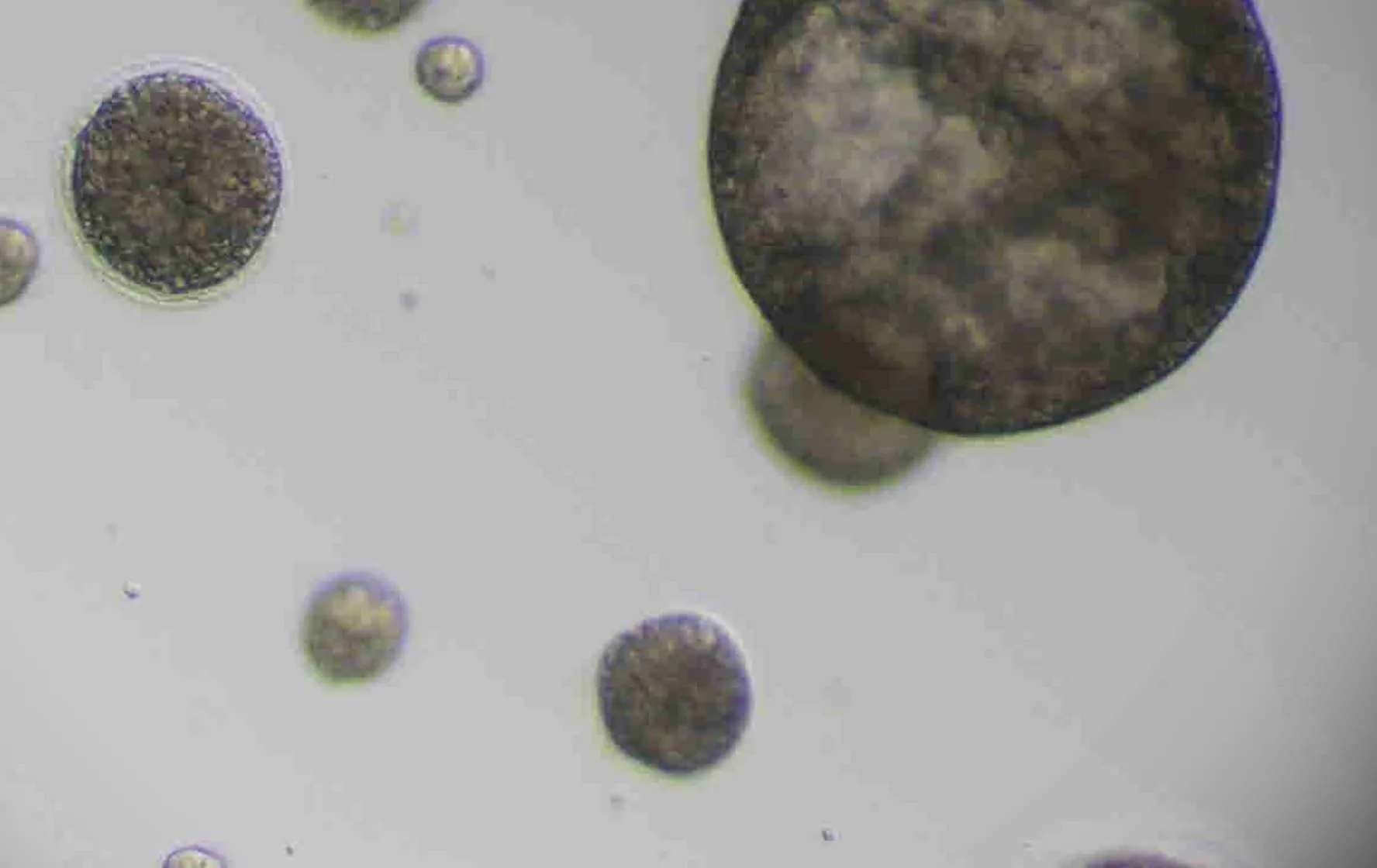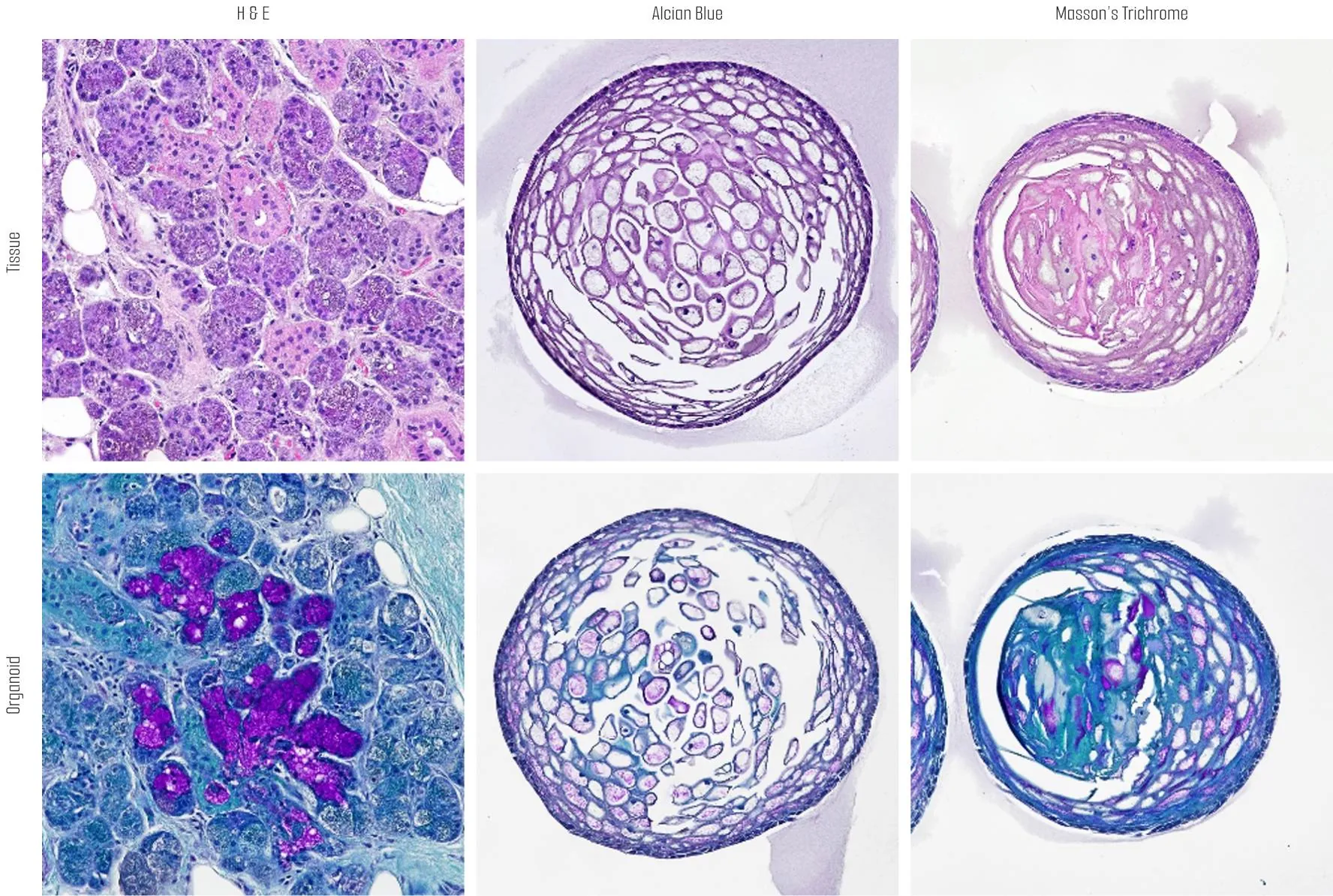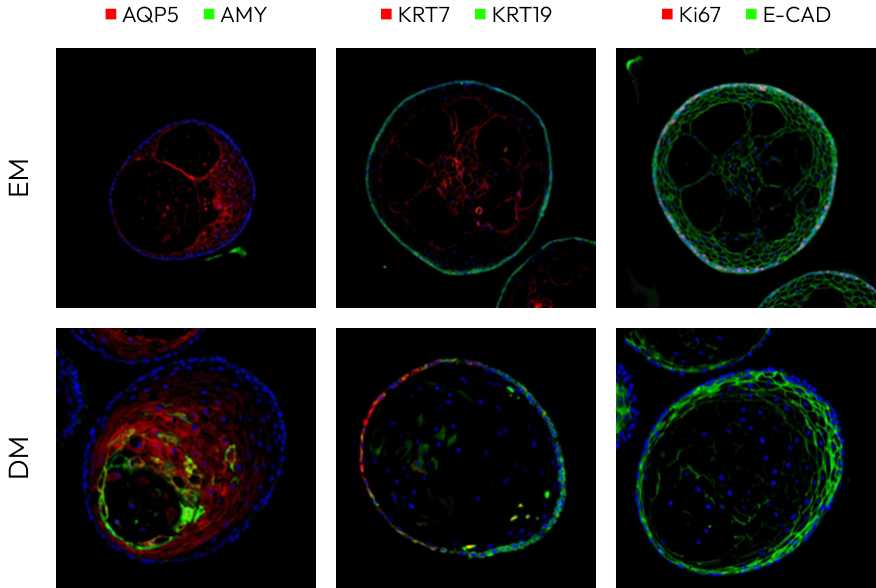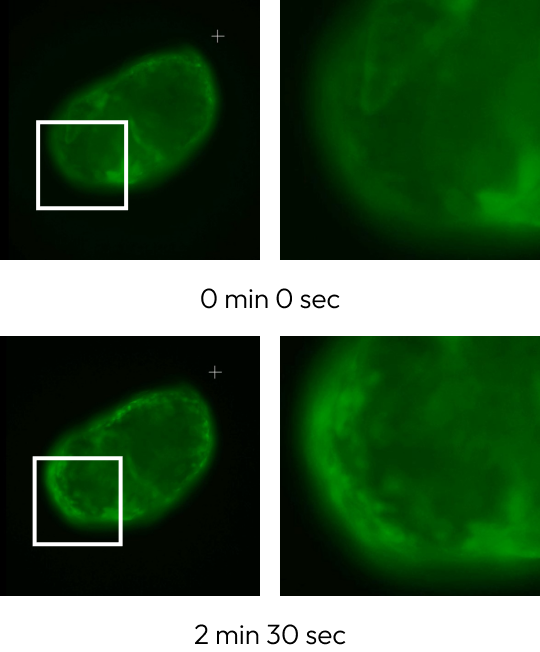
Price | 2850€+ Login to see price |
Organism | Human |
Product Type | Adult Tissue derived organoid |
Tissue | Salivary Gland |
Disease | Gland Disease Model |
Applications
-

With the global rise of K-beauty, the cosmetics industry continues to grow steadily. Since the ban on animal testing for cosmetics in Korea in 2017, various alternative testing methods have...

Traditional microscopy methods often require fluorescent labeling to analyze cellular structures, which can be time-consuming and invasive. In contrast, our HT-X1 system allows for high-resolution visualization of cellular morphology without...

Traditional protein analysis has primarily focused on quantifying expression levels within tissue samples. However, recent advances in spatial analysis techniques have shifted attention toward evaluating not only expression levels, but...
Among the many fermented foods we consume, kimchi is particularly known for containing a diverse range of lactic acid bacteria, which are believed to influence the activation of immune cells...
We conducted a study focused on identifying disease-related markers using patient-derived tissue samples. However, traditional methods limited our ability to analyze multiple candidate markers simultaneously, and the limited availability of...
Histological analysis results (H&E, PAS) revealed an increase in cellular components and an observed increase in cells producing neutrophil mucin under organoid differentiation conditions.
Therefore, it was confirmed that the similarity with the tissue is more pronounced during differentiation induction.


In the organoids subjected to differentiation conditions, there was an increased expression of acinar cell markers (AQP5, AMY), and the expression of ductal cell markers (CK7, CK19) exhibited a polarized pattern, resembling the characteristics of actual ducts.
The ability to secrete saliva was verified by observing the response of calcium accumulation upon stimulation with the cholinergic agonist carbachol.

Deutscher Platz 5c, 04103, Leipzig, Germany
info@lambdabiologics.com